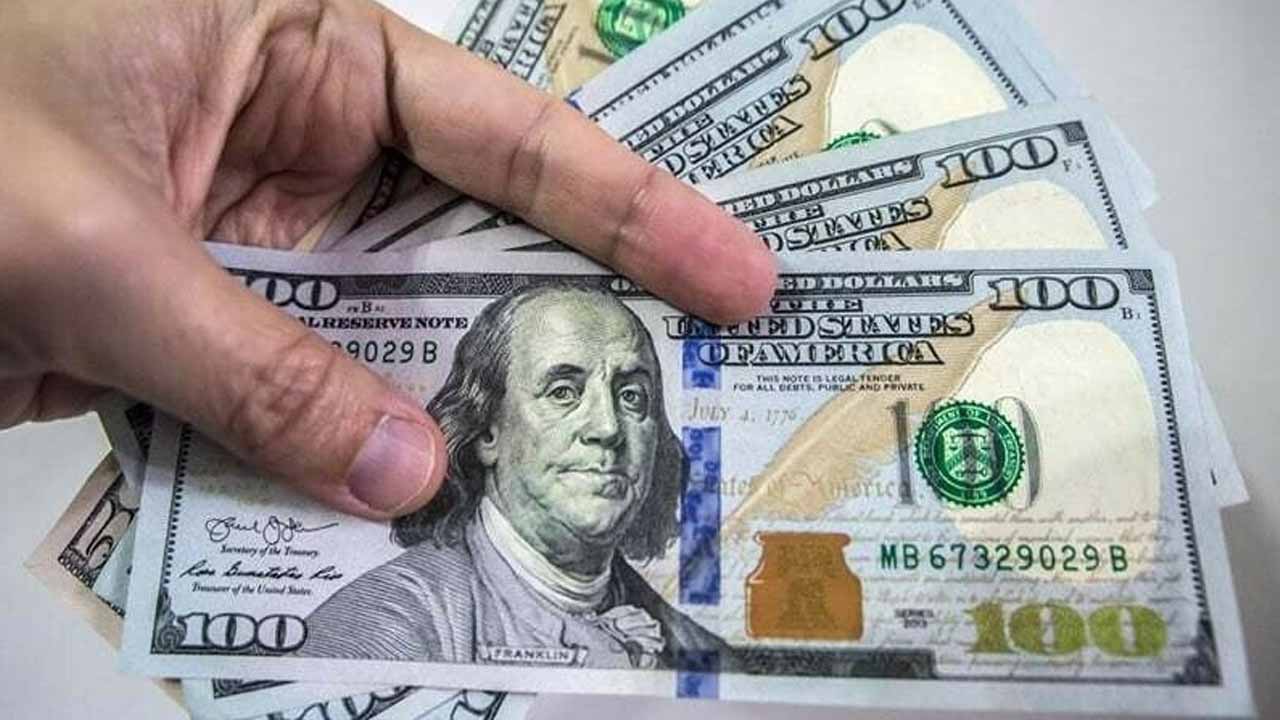The rupee experienced a 0.63% decline, hitting a new all-time low of Rs299 against the dollar in the interbank market on Tuesday, as per data from the State Bank of Pakistan.
This marked the third consecutive session of losses for the currency. However, industry insiders indicated that the dollar was trading above the official rate. Previously, on May 11, the rupee had touched its record low of 298.93, shortly after the arrest of former Prime Minister Imran Khan.
Afterward, the local currency strengthened to around Rs275.44 on July 4, following the previous government’s success in securing a short-term $3 billion loan agreement with the International Monetary Fund.
Nevertheless, it has been on a downward trajectory since then, coming close to breaching the Rs300 mark on Tuesday. When asked about the rapid increase in the dollar’s value, currency traders in the interbank market attributed it to a significant imbalance between the demand for and supply of dollars.
Atif Ahmed, an interbank currency dealer, noted that apart from import pressures, the backlog of containers awaiting clearance had intensified the demand. He explained that certain banks were capitalizing on this by offering dollars to importers.
Importers grappling with backlogs of 50 to 100 containers were reportedly paying up to Rs500,000 per container to banks in order to access dollars and release their shipments. Banking professionals estimated that addressing the backlog could require up to $5 billion, which would subsequently be reflected in the import bill over the upcoming months. July’s import bill was $4.219 billion, compared to June’s $3.177 billion, indicating a significant increase of $1.042 billion.
However, bankers highlighted that arranging opening letters of credit (LCs) remained problematic for importers, as banks were responsible for securing dollars prior to issuing these letters. Under the Standby Arrangement with the IMF, the government is obligated to permit unrestricted imports.
In the previous fiscal year (2022-23), the preceding administration curtailed imports, resulting in savings of up to $22 billion and contributing to the reduction of the current account deficit from $17.5 billion to $2.5 billion compared to the previous year.
Despite this achievement, the decrease in imports led to a sluggish economic growth rate of 0.29% in fiscal year 2023, in contrast to the 6% growth in the prior fiscal year. A senior banker noted that the demand for dollars was rapidly outpacing the supply, making it practically unfeasible for all banks to facilitate LCs for imports.
Additionally, remittance inflows and export earnings reportedly declined in July, and the State Bank was reluctant to draw from its reserves due to debt servicing obligations. Pakistan was anticipated to require $25 billion for debt servicing in the ongoing fiscal year.
Zafar Paracha, the General Secretary of the Exchange Companies Association of Pakistan (ECAP), highlighted that the State Bank was employing a cautious approach to protect the economy from external pressures, which was impacting its reserve management. He expressed optimism that once the backlog was cleared, the demand for dollars would decrease, leading to a stable exchange rate.
On Tuesday, ECAP reported the dollar rate at Rs306, signifying an overnight increase of Rs2. Reports indicated that numerous money changers, barring a few larger entities, were profiting from the grey market by selling dollars at rates significantly higher than those offered by exchange companies’ associations. Grey market rates were reported to be Rs15 to Rs18 per dollar higher than interbank rates and Rs8 to Rs10 higher than open market rates.
An official from a currency exchange firm acknowledged the practice of certain money changers benefiting from the grey market by selling dollars at inflated prices compared to the rates issued by exchange companies’ associations.






